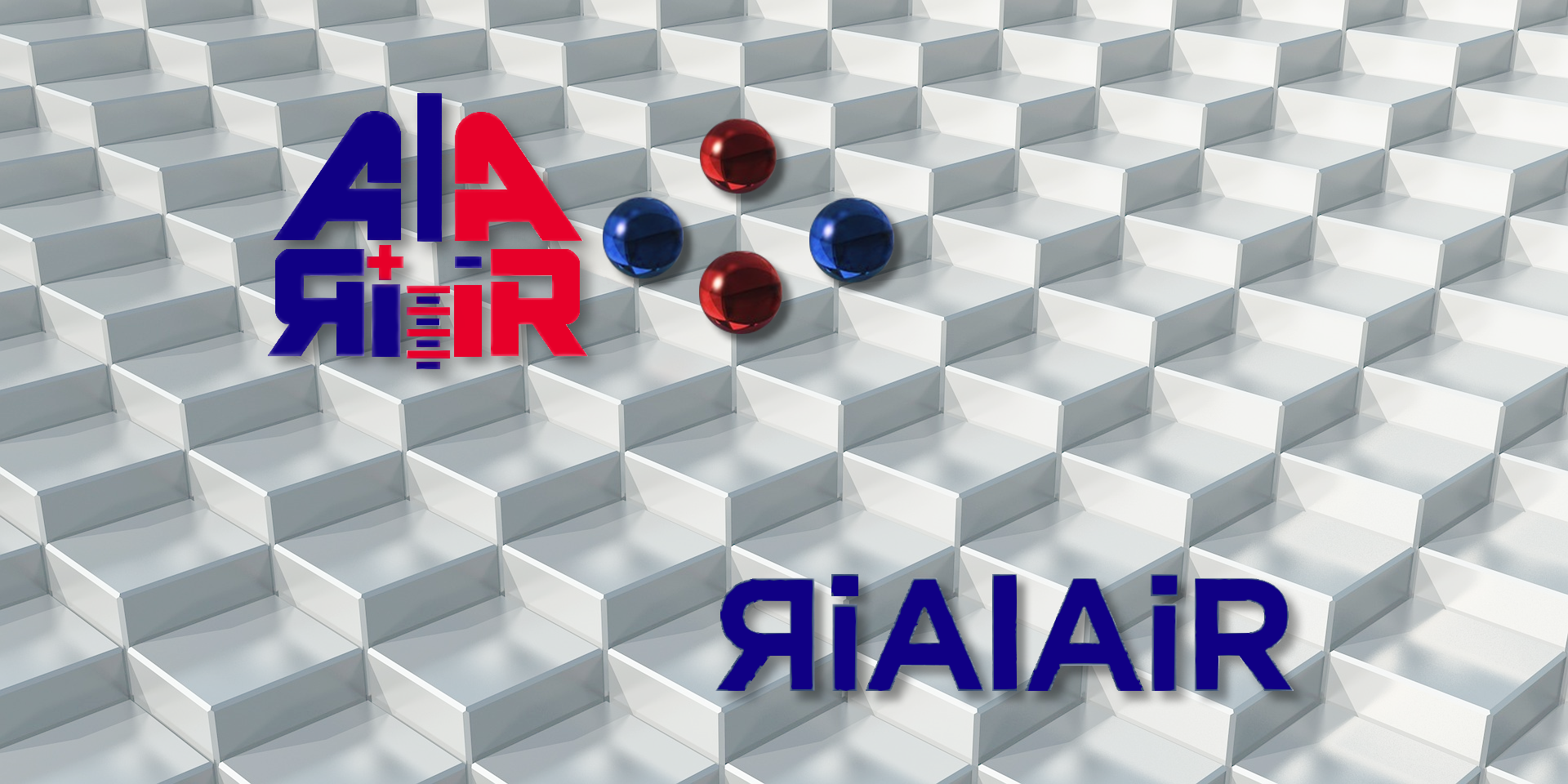Any vessel moving in the water shall overcome different forces:
-
- Propeller resistance;
- Wave resistance;
- Hull friction;
- Wake resistance;
- Air resistance.
For displacement hulls, also its length is an important factor and in general terms, the longer the hull, the higher the speed it could achieve.
To provide propulsion power for a vessel, power and speed are broadly related by a near cubic equation. Many fishing boats tend to use relatively low powered two-stroke or four-stroke gasoline engines or diesel engines. The efficiency of this engines is between 20% to 25% for the former and up to 45% for the latter. But in all cases the actual power delivered to the propeller, to overcome the water resistance, is within 10% to 15% of the power available in the fuel, mainly due to the thermal and mechanical losses of the powertrain.
The electric motor and rechargeable battery are major components of electric vessels propulsion system. The output power from the motor is absorbed by the load, in this case the propeller represents the load to the motor, and boat speed corresponds to the thrust created by propeller rotation. Compared to conventional engines mounted in boats, electric motors have different performance characteristics described by torque-speed curves that produce the efficiency map of the device. An electric motor, with its constant torque can utilize a larger propeller than those used by combustion engines and the overall efficiency of the electric powertrain is therefore much higher.
Despite the big advantage in terms of efficiency, the most limiting factor for the use of a full electric powertrain on vessels is the low energy density of the current secondary battery solutions (mostly Lithium-ions). With RiAlAiR primary batteries this issue can be solved.



